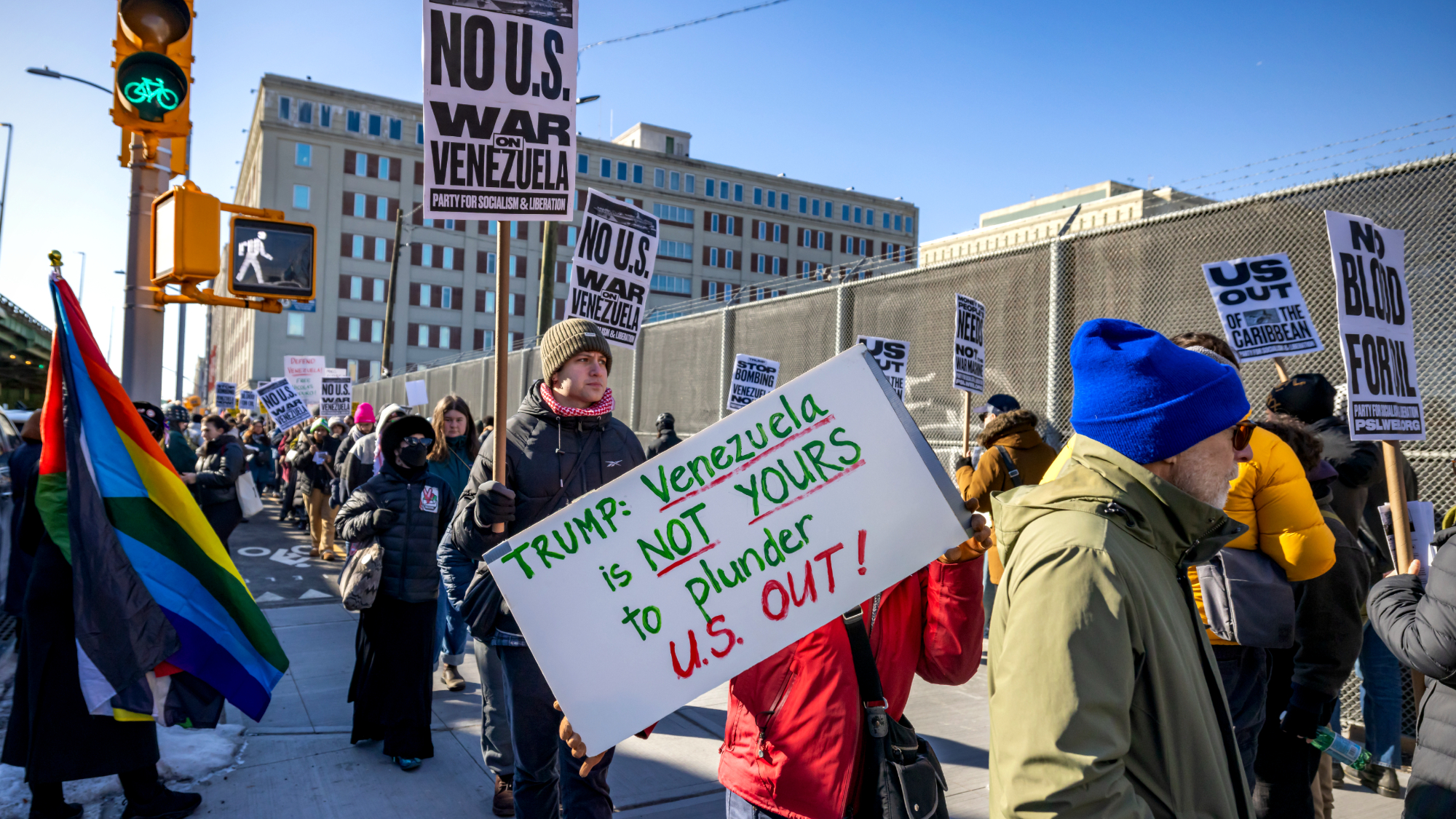The $250 billion bank buy-in
Is the Treasury’s new bailout approach an improvement?
What happened
Treasury Secretary Henry Paulson told nine of the largest U.S. banks that the U.S. will buy $125 billion worth of their preferred shares, plus invest up to $125 billion more in smaller banks, as part of the $700 billion bailout package. The move, allowed under the bailout law and following similar steps in Europe, represents a shift in strategy, and markets worldwide reacted very favorably. (Bloomberg)
What the commentators said
The Week
Escape your echo chamber. Get the facts behind the news, plus analysis from multiple perspectives.

Sign up for The Week's Free Newsletters
From our morning news briefing to a weekly Good News Newsletter, get the best of The Week delivered directly to your inbox.
From our morning news briefing to a weekly Good News Newsletter, get the best of The Week delivered directly to your inbox.
This is a “mind-boggling reversal” for the “conservative, free-market Bush administration,” said USA Today in an editorial, but “also a welcome one.” Injecting cash into the banks for an ownership stake seems like the best way to recoup taxpayer money. And as long as the public investments are “temporary and passive, they are not a slippery slope toward socialism.”
That passive part might be a problem, said Henry Blodget in Clusterstock. Paulson’s new plan is better than his “crap-asset removal” first draft, but to avoid the problems Japan has faced since 1990, he should first force the banks to write down their assets. Otherwise, investors will stay away and taxpayers will be the banks’ "latest sucker.”
Paulson has been getting a lot of grief, but he’s handling this crisis better than any of his international counterparts, said Steven Pearlstein in The Washington Post. He has now done everything that Wall Street could ask for—dare we ask “what Wall Street is ready to do for its country”? Other than taking handouts, “so far, the answer is not much.”
A free daily email with the biggest news stories of the day – and the best features from TheWeek.com
-
 How robust is the rule of law in the US?
How robust is the rule of law in the US?In the Spotlight John Roberts says the Constitution is ‘unshaken,’ but tensions loom at the Supreme Court
-
 Magazine solutions - December 26-January 2
Magazine solutions - December 26-January 2Puzzles and Quizzes Issue - December 26-January 2
-
 Venezuela ‘turning over’ oil to US, Trump says
Venezuela ‘turning over’ oil to US, Trump saysSpeed Read This comes less than a week after Trump captured the country’s president